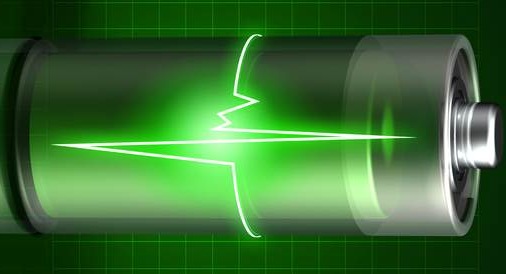Nishdesai95
Thats good. So you have your laptop plugged in most of the time?
mondesigns
Ya thats why i was worried at the time.
Thats what ruined your battery.
http://support.apple.com/kb/HT1446
"Apple does not recommend leaving your portable plugged in all the time."
Proper understanding of a battery charge cycle

A charge cycle means using all of the battery’s power, whether that is at once, or over several shorter battery discharges and recharges.
Two examples for clarification:
As a first example, where one fully charged battery is discharged down to 10%, then fully recharged, then using 10% of that full charge, this counts as 1 cycle since the total of both discharges is 100% of a full charge of use.
In the second example, where one fully charged battery is discharged down to 40%, then fully recharged, then using 40% of that full charge, this also counts as 1 cycle since the total of both discharges is 100% of a full charge of use.
While both examples are that of a single charge cycle, the first example is more aggressive against the lithium battery chemistry than is the second example. In short, collective overall gentle shallow or mid-range draining of your lithium battery is a better use condition than is the first example of deep-draining of the battery. While both are quantitatively identical as a single charging cycle, they are wholly different qualitatively on the battery chemistry, which is directly related to its ultimate longevity and health.
In short, it is the near and mid-term life of the battery as relates to its proper care (or lack thereof) that is to be looked after.
Priorities in order of decreasing importance for battery care are:
1. Avoiding deep discharges of the battery.
2. Avoiding having your battery constantly on charge or on charge and in sleep mode.
3. When playing graphics intense games, use your notebook plugged in when possible.
4. Reduction of battery cycles by plugging into power when on the go, or when accessible.
A person who has, for example, 300 charge cycles on their battery and is recharging at say 40% remaining of a 100% charge has a better battery condition state than, say, another person who has 300 charge cycles on their battery and is recharging at say 10-15% remaining on a 100% charge. DoD (depth of discharge) is vitally important on the wear and tear on your Macbook’s battery, much more so than is the counting of charge cycles. There is no set “mile” or wear from a charge cycle in specific. Frequent high depth of discharge rates (draining the battery very low) on a Lithium battery will greatly hasten the lowering of maximum battery capacity.
Understand that a charge cycle is a general parameter of use, but is not directly related to the short-term or mid-term abuse of the battery, which can rapidly hasten a shorter lifespan, regardless of what the actual cycle count on the battery indicates.
Proper considerations for near-term care of the battery is of utmost importance. Abuse of the battery is entirely avoidable, long-term eventual old age deterioration of the battery is entirely unavoidable.
General consideration of your MacBook battery
Contrary to popular myths about notebook batteries, there is protection circuitry in your Macbook and therefore you cannot ‘overcharge’ your notebook when plugged in and already fully charged.
However if you do not plan on using your notebook for several hours, turn it off (plugged in or otherwise), since you do not want your Macbook ‘both always plugged in and in sleep mode’.
A lot of battery experts call the use of Lithium-Ion cells the "80% Rule", meaning use 80% of the full charge or so, then recharge them for longer overall life. The main quantified damage done in the use of Lithium Ion batteries are instances where the internal notebook battery is “often drained very low”, this is bad general use of your notebook battery.
All batteries in any device are a consumable meant to be replaced eventually after much time, even under perfect use conditions.
➕If the massive amount of data that exists on lithium batteries were to be condensed into a simplex, helpful, and memorable bit of information it would be:
1. While realistically a bit impractical during normal everyday use, a lithium battery's longevity and its chemistry's health is most happy swinging back and forth between 20% and 85% charge roughly.
2. Do not purposefully drain your battery very low (10% and less), and do not keep them charged often or always high (100%).
3. Lithium batteries do not like the following:
A: Deep discharges, as meaning roughly 10% or less. Avoid this in all instances if you can. This is hard on your battery.
B: Rapid discharges as referring to energy intensive gaming on battery on a frequent basis (in which case while gaming, if possible, do same on power rather than battery).
C: Constant inflation, as meaning always or most often on charge, and certainly not both in sleep mode and on charge always or often.
From Apple on batteries:
http://www.apple.com/batteries/notebooks.html
http://support.apple.com/kb/HT1446
"Apple does not recommend leaving your portable plugged in all the time."